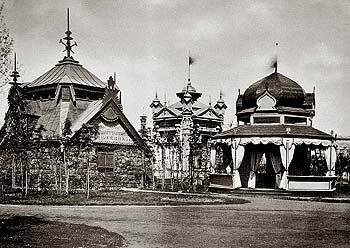Flower Essences Teach You
-
[image: Zinnia and Pine]
I feel moved to share a short anecdote about the kind of "journey" flower
essences can take you on in as little as an hour or les...
9 hours ago





























.png)






































